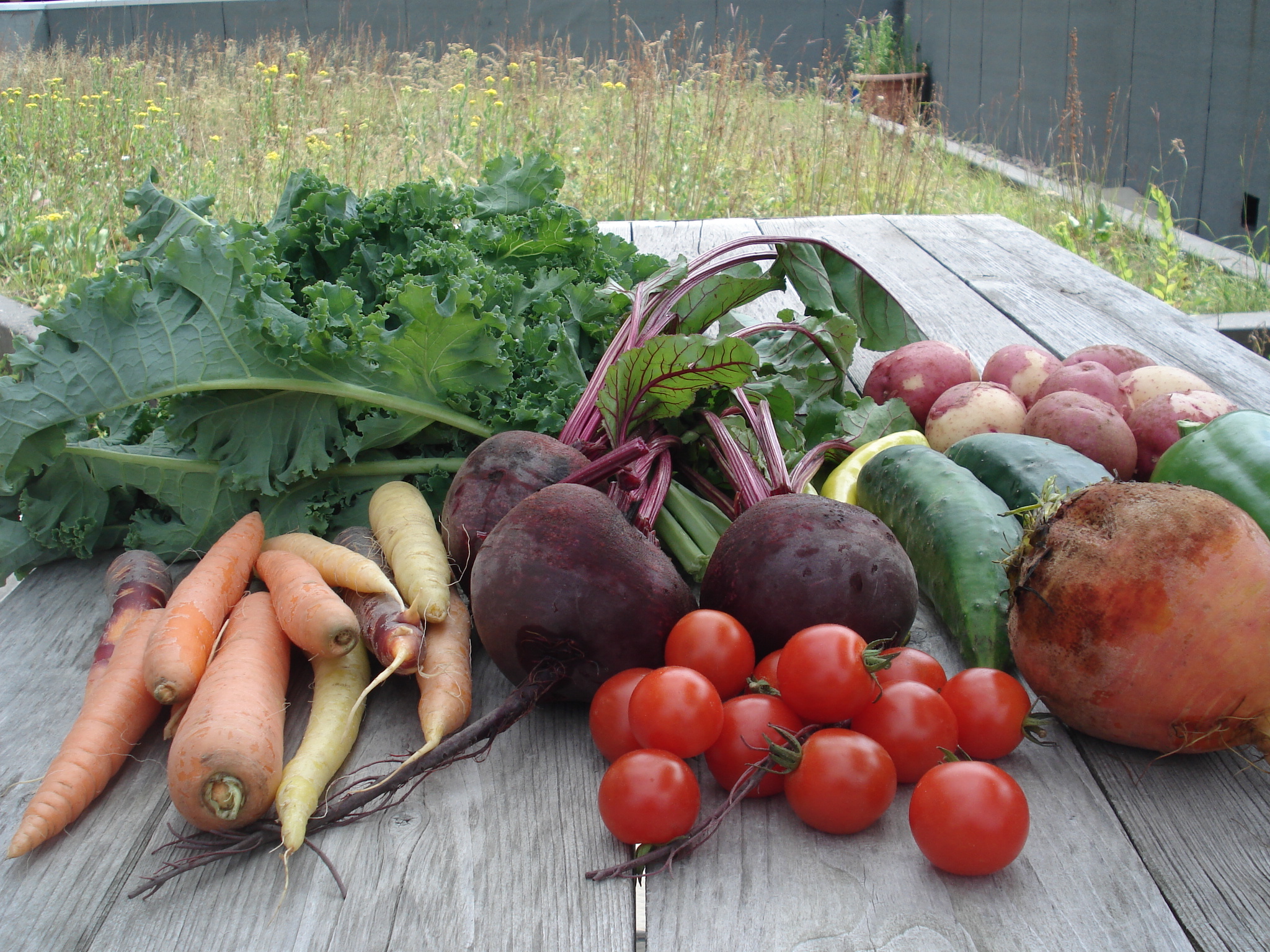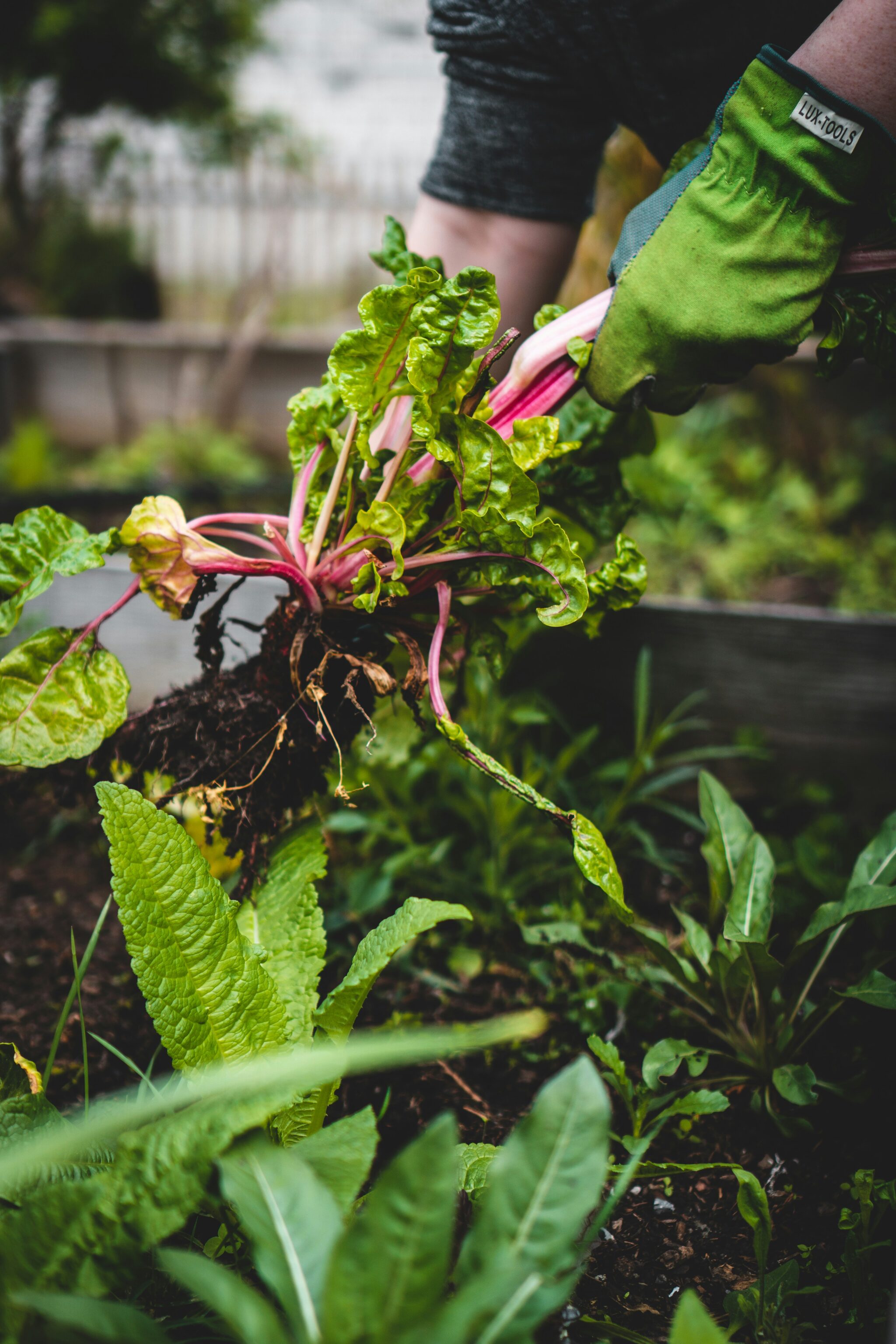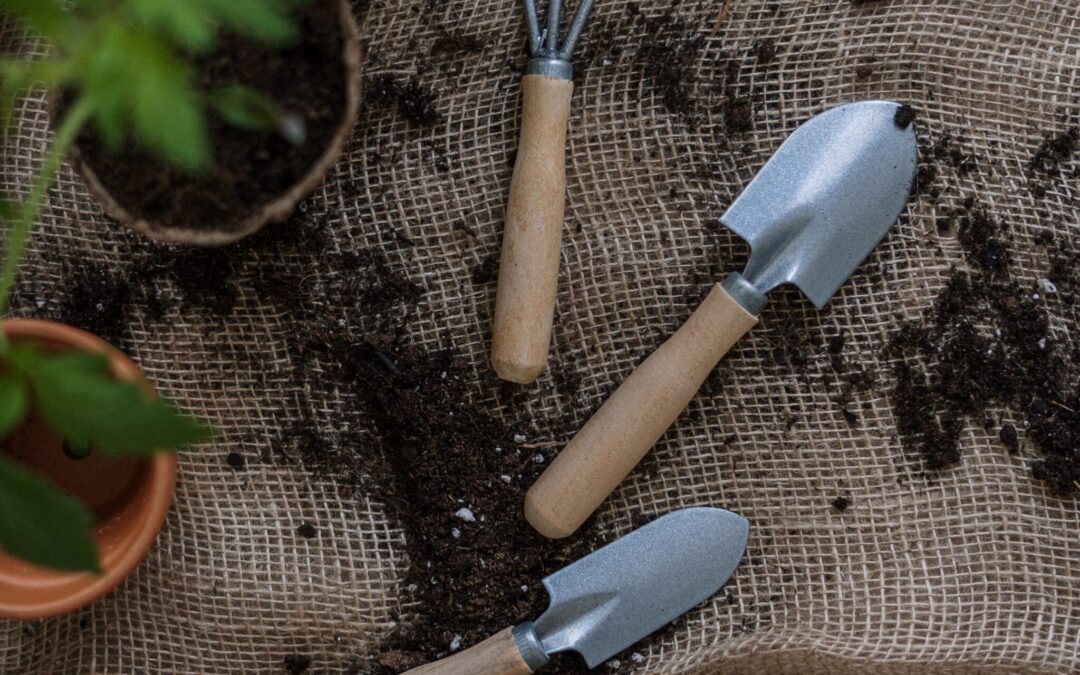August is already upon us, which means your garden is likely full of amazing food ready for harvest! Make sure you are getting the most out of your garden with these tips and tricks to preserve harvest and reduce wastage.
Get Organized
Depending on the size of your garden, harvest may be a bit of an undertaking. It might be necessary for you to plan your harvest around your schedule. Are you camping a lot? Going away on vacation? You might be in for a surprise when you return. Most seed packets have “days until maturity” on them so you can get an idea of when your greens will be ready.
- Many vegetables are better when they are less mature. Cucumbers and zucchini for example. Harvest these before you go away so they are not the size of your arm when you return.
- Fruits, like tomatoes, should be allowed to ripen on the vine.
- Foods that you harvest for their leaves, stems or roots should be harvested early and often. This includes basil, lettuce and radishes.
The best time to harvest is in the morning, when veggies are more firm and crisp.


Using your Harvest
Well here you are, more veggies then you know what to do with. Don’t fret, here are some ways you can use all those goodies up.
- Plan menus around your haul. Consider your produce before crafting your menu. This is a perfect way to use up your goods in a timely fashion.
- Host a dinner party! Share the load with your friends and family by cooking a big meal with all your garden ingredients.
- Think Pickles. Why not try pickling your garden goods. Carrots, cucumbers, onions and radishes…the list goes on! If you don’t want to do a full on fermentation, consider quick pickles.
- Share with friends. Consider giving some of your produce away. Friends, family, even folks in your neighborhood. It is a kind gesture and builds community, so why not!
Prepping for the Next Season
Once fall rolls around and you have harvested the last of your garden, you may want to consider prepping it for winter. Pull out dead plants and weeds as it is easier in the fall then leaving them till spring. To nourish the soil, lay compost on top of your garden beds.
Fall is also a great time to decide if you want to expand your garden and plan out everything for the following spring. Here is an easy method: ” The easiest way to do this is to lay a layer of cardboard on top of the area you wish to make your new garden. Wet down the cardboard and then cover with a 4 to 6 inch layer of compost or mulch. A mixture of grass clippings and leaves can be used as your mulch layer. By doing this in the fall there will be no need to dig up the grass, the cardboard and mulch will be enough to kill it and turn the soil into workable garden soil. If you are wanting raised beds, use this method on the bottom of planter.” (from zone3vegetablegardening.com)
Happy harvesting!




Recent Comments